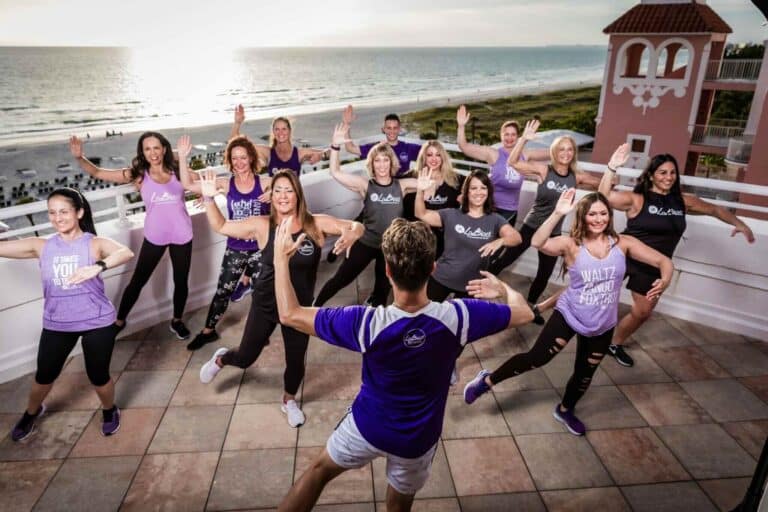Many of us spend the majority of our waking hours at work, whether that’s in an office, a store, a factory, or even our own home. Work can be fulfilling, but it can also serve as a significant source of stress and overwhelm, taking a toll on our physical and mental well-being. This stress can often seep into our personal lives, making it challenging to optimize productivity and find joy in our daily routines. Fortunately, there are simple mind-body practices we can incorporate, including mindful breathing, mindfulness, and movement, to effectively manage workplace stress, regardless of our work setting.
Breathing:
It may seem peculiar to contemplate the act of breathing, as we’ve been doing it unconsciously for as long as we can remember. However, being deliberate about how we breathe can be immensely beneficial during moments of heightened stress. In stressful situations, our breathing often becomes shallow. Instead, we should pause and take a few deep breaths, allowing our entire rib cage to expand as we inhale and exhale slowly. This deliberate breathing technique helps to slow our heart rate and shift us away from the fight-or-flight stress response. It’s advisable to practice this several times a day, especially when stress rears its head, to not only manage stress but also to infuse our bodies and brains with more oxygen, promoting optimal health and energy.
Mindfulness:
While some people associate mindfulness solely with meditation, it can be integrated into our daily activities. Mindfulness, at its core, entails maintaining our full attention on the task at hand without becoming distracted or entangled in emotions and narratives surrounding the activity. We can apply this principle to our work by periodically checking in on our focus and redirecting our attention to the present moment whenever distractions arise. Enhanced mindfulness has been linked to reduced feelings of stress and negative emotions.
Movement:
Introducing movement into our workday can significantly alleviate stress. If your job entails physical activity, pay close attention to your posture, particularly when engaged in repetitive movements. For those with sedentary occupations, take short breaks to engage in movement, such as stretching at your desk, walking down the hall, or standing during meetings. It’s often said that the best posture is the next one, so don’t hesitate to change positions frequently during work sessions. While it’s beneficial to take dedicated exercise breaks, even brief moments of movement can help us feel more grounded, invigorated, and prepared to tackle the next task. (You can try this chair exercise for a quick movement break: Yoga for Arthritis, Chair Yoga for Improved Mobility)
Regardless of your job type, you can seamlessly integrate mindful breathing, mindfulness, and movement into your work hours to enhance your overall health and diminish stress. These practices not only boost well-being but can also enhance your performance at work. Give them a try and take note of how you feel both during and after. You may even become a positive role model for others, demonstrating effective strategies for managing workplace stress in a healthy and constructive manner.
Steffany Moonaz, PhD, C-IAYT, is a yoga therapist and researcher serving as the Research Director for Southern California University of Health Sciences. Her work focuses on the application of yoga and mind-body practices to managing arthritis and chronic pain conditions. Dr. Moonaz founded Yoga for Arthritis in 2010 to improve the safety and accessibility of yoga practices for diverse clinical populations. She lives with her family outside San Diego, CA.Burnalong (www.Burnalong.com) provides an end-to-end wellness solution focused on helping people achieve their human potential; through a scalable digital platform, social support and motivation, proprietary data and analytics, and AI. People can take classes alone or live with others where they can see and hear each other, and join communities, for added social motivation. Our platform includes access to more than 35,000 live and on-demand classes, taught by 7,500+ instructors, across 60+ categories (spanning physical, emotional, and financial wellness, including programming for chronic conditions, prenatal, children, and disabilities), reflecting the diversity, and diversity of needs, of the population.






